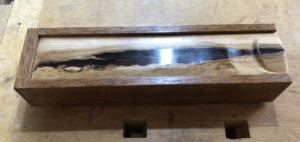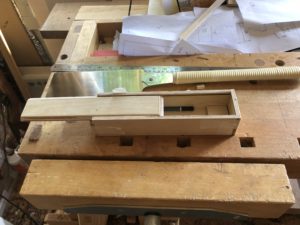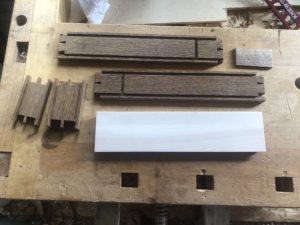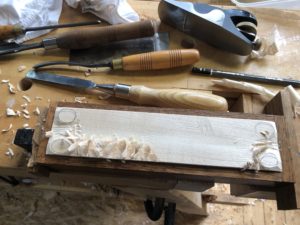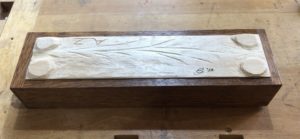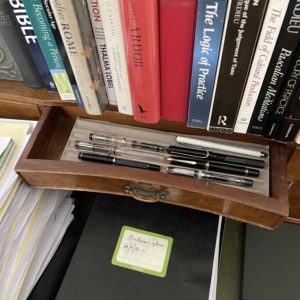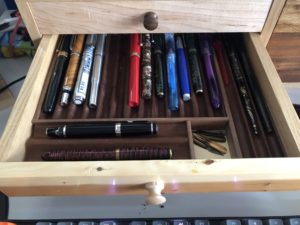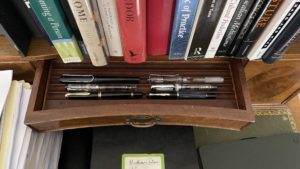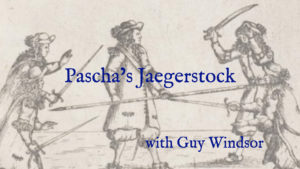My course How to Teach Historical Martial Arts is now live, and for the next week only you can get 40% off with this link: https://swordschool.teachable.com/p/how-to-teach-historical-martial-arts-or-anything-else?coupon_code=LEARNTOTEACH
If you are currently leading classes but think your students are not progressing as well as they could; or you are thinking about teaching historical martial arts one day; or you think of teaching as your best learning environment; then this course is for you.
To teach anything, you need to understand the students’ goal, show them a model of how to reach that goal, and create a feedback mechanism so that they can see whether they are moving in the right direction.
It’s that simple. But simple is not easy. Most clubs and schools I have seen have no trouble setting up basic choreographed drills: he does this, she does that, etc. but the basic drills don’t work in freeplay- indeed, why would they? So the focus of this course is developing actual skills. How do we set things up so that the students will be able to apply their art under pressure?
In this course you will find guidance on:
- How to plan your classes
- How to run your classes
- How to run a beginners’ course
- How to teach an advanced class (even if you are not very advanced yourself)
- What to do when things go wrong
- Teaching an individual lesson
- Teaching a mixed-level class
- Developing your students skills
- Setting up freeplay
- Using freeplay for training purposes
- Designing a syllabus for your students to follow
And many other topics. You can find the course at 40% off the regular price here:
The course is delivered primarily as audio files and printable handouts, with some video clips to illustrate key drills. So you can absorb the bulk of the course while driving, cooking, hand-tooling a leather scabbard, or whatever else you may be doing.
Feel free to share this offer with anyone you think may be interested: just share this post, or the link, by email or on your social media accounts.


